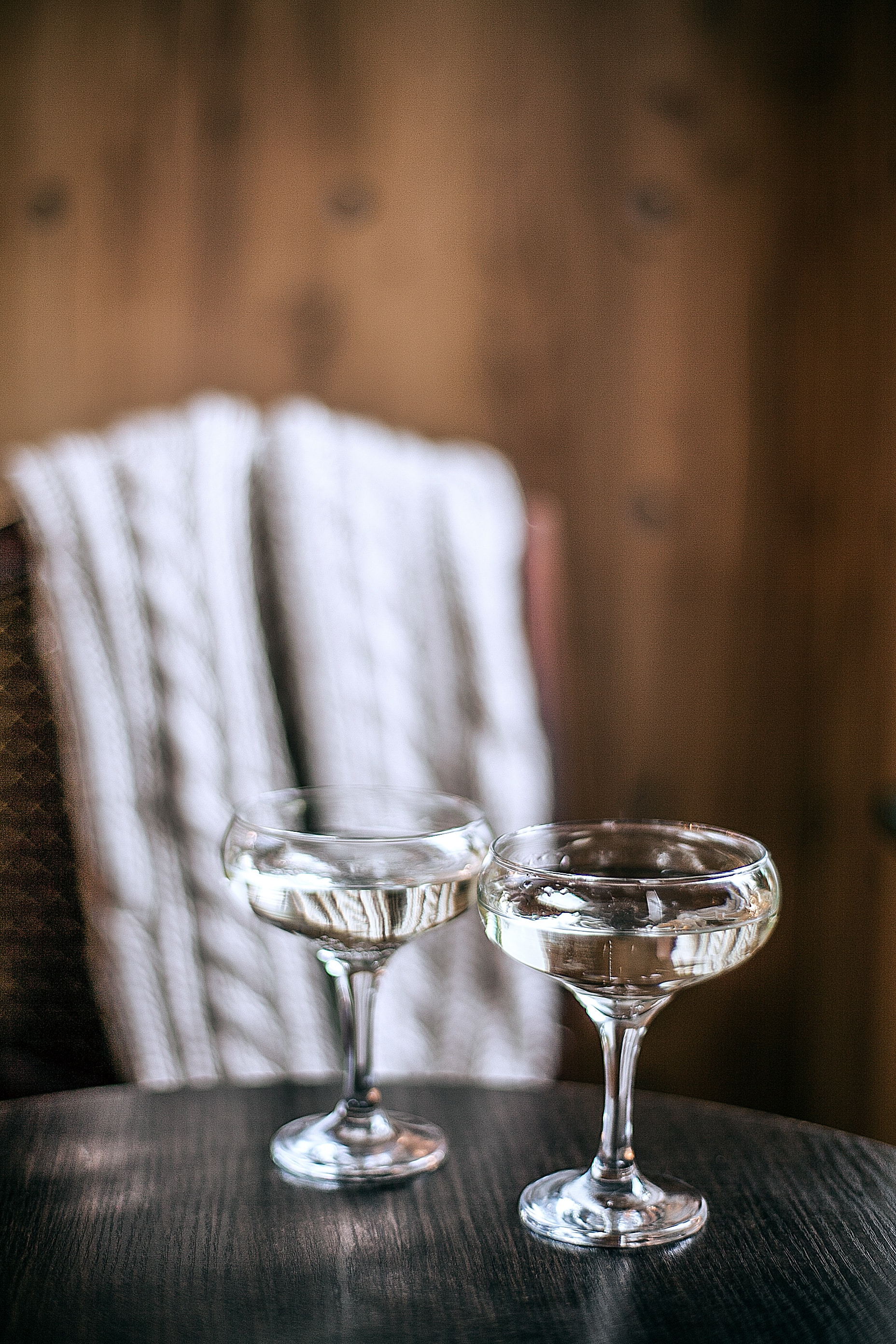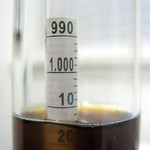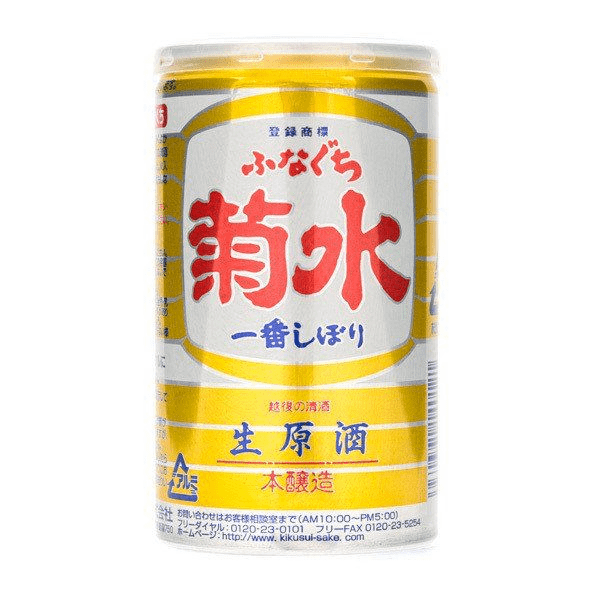
Image by DUKE NG Sake, a Fermented Rice Alcohol mostly associated with Japan, Yet don’t ask for Sake in Japan as most people won’t know what you are asking for, In Japan Sake is known as Nihonshu which literally translates to “Japanese Liquor” which makes sense seeing how Sake is the national drink of Japan. Yet their earliest known incarnation was actually recorded in China at around 500BC.
Sake is used in cultural, religious and national holidays it can be served cold, hot or room temp. It is used in cooking and cocktails and is an extremely versatile drink. Sake can be found for as low as 4$ per a 1L bottle to hundreds if not thousands of dollars.
Although found in China around 500BC it wasn’t until the Nara period (710 to 794BC) that Sake manufacture became a quintessential Japanese process with the help of a fermenting happy fungus known as Koji. Koji also known by its scientific name Aspergillus oryzae i used in the production of many fermented foods most notably outside Sake is to ferment soybeans into Soy sauce. Sake production was started as a government monopoly, until about the 10th century when temples and shrines started fermenting their own. And by the 1300s Sake was synonymous with religious ceremonies.
In the Meiji Restoration, new laws allowed anyone who could, the right to open their own sake brewery. In less than 12 months over 30,000 breweries opened, But as with any government, heavy taxation and regulation forced more than two thirds to shut down just as quickly. Many of those that survived are still in operation today and a dozen or so have been in operation for over 500 years, the oldest being “Sudo Honke” which has been run under the same family for the last 55 generations spanning over 850 years.
Pre-war era Japan saw great improvements in technology and equipment allowed Sake to be brewed in mass quantities and year-round. Sake volumes rose so much that Sake alone accounted for over 30% of Japan’s total tax revenue. This prompted the Japanese government to adopt a home brewing ban since collecting taxes on home brewing was not possible, very reminiscent of America’s ban on distilled spirits.
WWII brought on a rice shortage and with it came a change in method in sake production mainly the addition of pure alcohol and a sweetener in the form of glucose. Sadly around 70% of sake is still made this way today. Postmodern Japan has seen the popularity of sake ween with less than 2,000 brewers still left in Japan, but as domestic brewers closed international brewers thrived and today brewers all over the world introduce new unique as well as tradition sake to those of us outside of Japan. From mass production sake brewers in Gekkeikan to small one-person operations in small-town Arizona with Arizona Sake.
The history of sake is far broader than I could ever fit into a single Blogspot, If you are interested in digging deeper may I suggest you grab your favorite bottle and grab a copy of “Sake: The History, Stories, and Craft of Japan’s Artisanal Breweries”



Awesome https://lc.cx/xjXBQT
j2418p